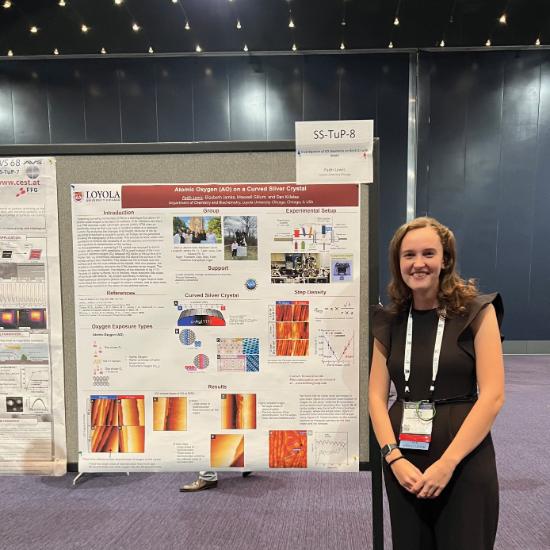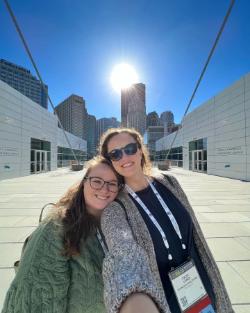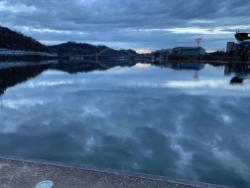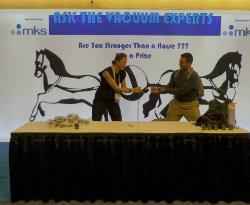home_news
Killelea group at AVS 68
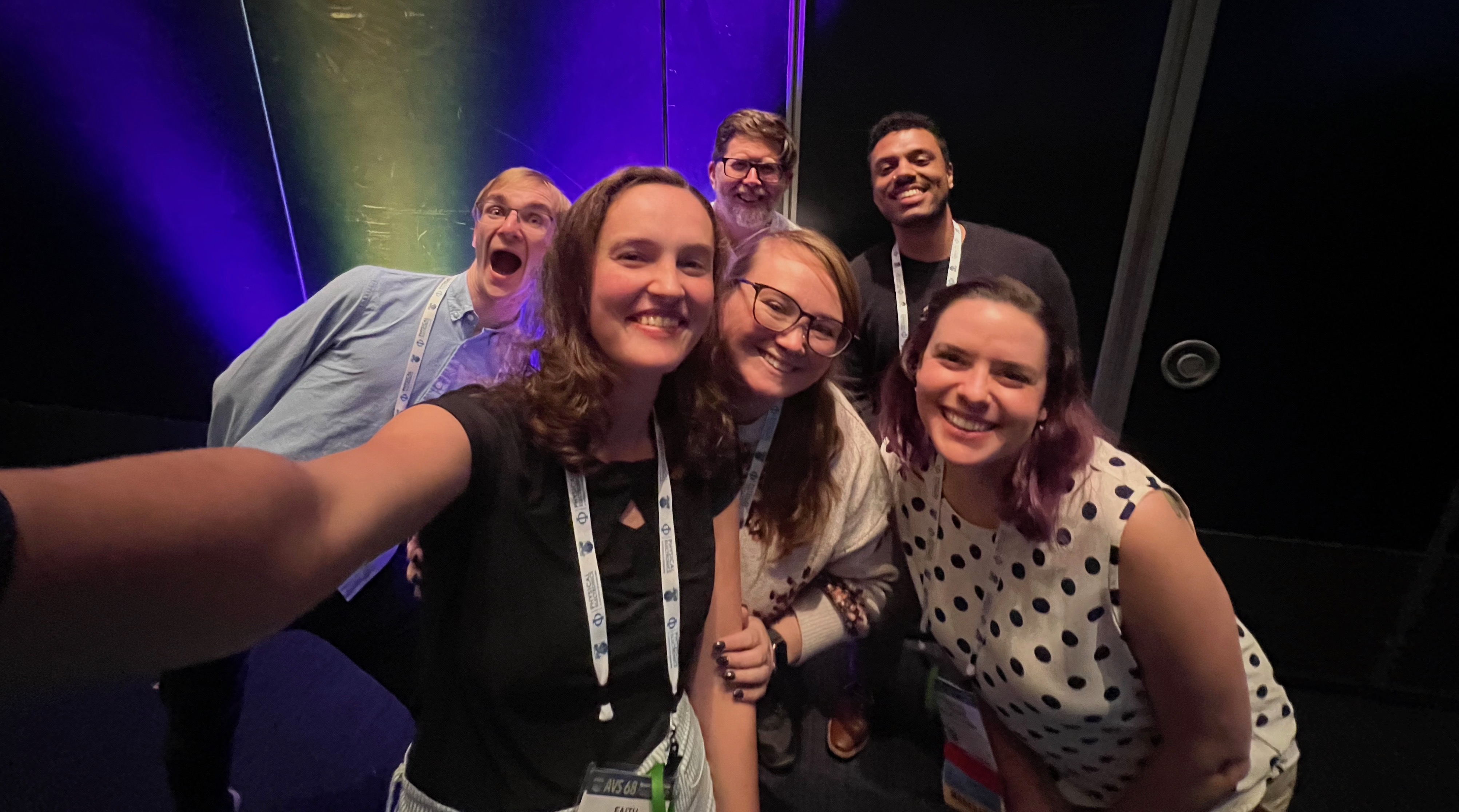
Killelea group at AVS 68. (L to R) Arved (Göttingen), Faith, Dan, Liz, Maxwell, and Rachael (PhD, 2018)
During the week of November 6-11, 2022, the AVS hosted their 68th international symposium where chemists, physicists, and engineers from around the world presented their research. The Killelea group conducts research in ultra-high vacuum (UHV) conditions to make our experiments as simple as possible by removing outside contaminants that the atmosphere presents. In this UHV system, we study the reactions of small molecules on metallic surfaces to mimic the conditions of catalysis and try to understand the fundamental mechanisms and interactions behind their behavior. For example, Dr. Elizabeth Jamka, a recent graduate of the group, presented an oral presentation looking into the mechanisms behind carbon monoxide (CO) oxidation on a rhodium crystal - Rh(111). She presented data from our newly integrated infrared spectrometer. This can tell us information about the reaction mechanism, like where the CO is binding on the surface, and provides useful insight into how the molecules are behaving over the course of the oxidation reaction.
Maxwell Gillum and Faith Lewis, two graduate students in the group, gave companion oral and poster presentations, respectively, on the oxidation of a curved silver crystal; c-Ag(111). This research aims to understand how different defects present on the metal’s surface can affect its efficiency as a catalyst. When silver is oxidized, the atoms of the surface of the metal can “reconstruct”, which is reconfiguring themselves to incorporate the oxygen into a new structure. This reconstruction uses oxygen that could have been used in chemical reactions run with the catalysts, so understanding why and how this happens is important to increasing silver’s efficiency as a catalyst. By using a precisely curved crystal with well-defined defects, we can begin to look at how these defects may be able to limit the amount/rate of reconstruction on the surface.
Going to talks wasn’t the only thing we did at AVS, we also took the opportunity to network with colleagues, take in the sights of Pittsburg, and even run a 5K at 6:30 am. We met up with collaborators from Georg-August University in Göttingen, Germany as well as meeting up with colleagues from University of Chicago, Notre Dame, and other institutions. We caught up with Rachael Farber (PhD, 2018) and got to hear how getting her new lab set up at The University of Kansas is going. For the 5k the entire lab competed as a team, and while we didn’t place at the top, Faith placed 17th out of roughly 60 people in her group!
